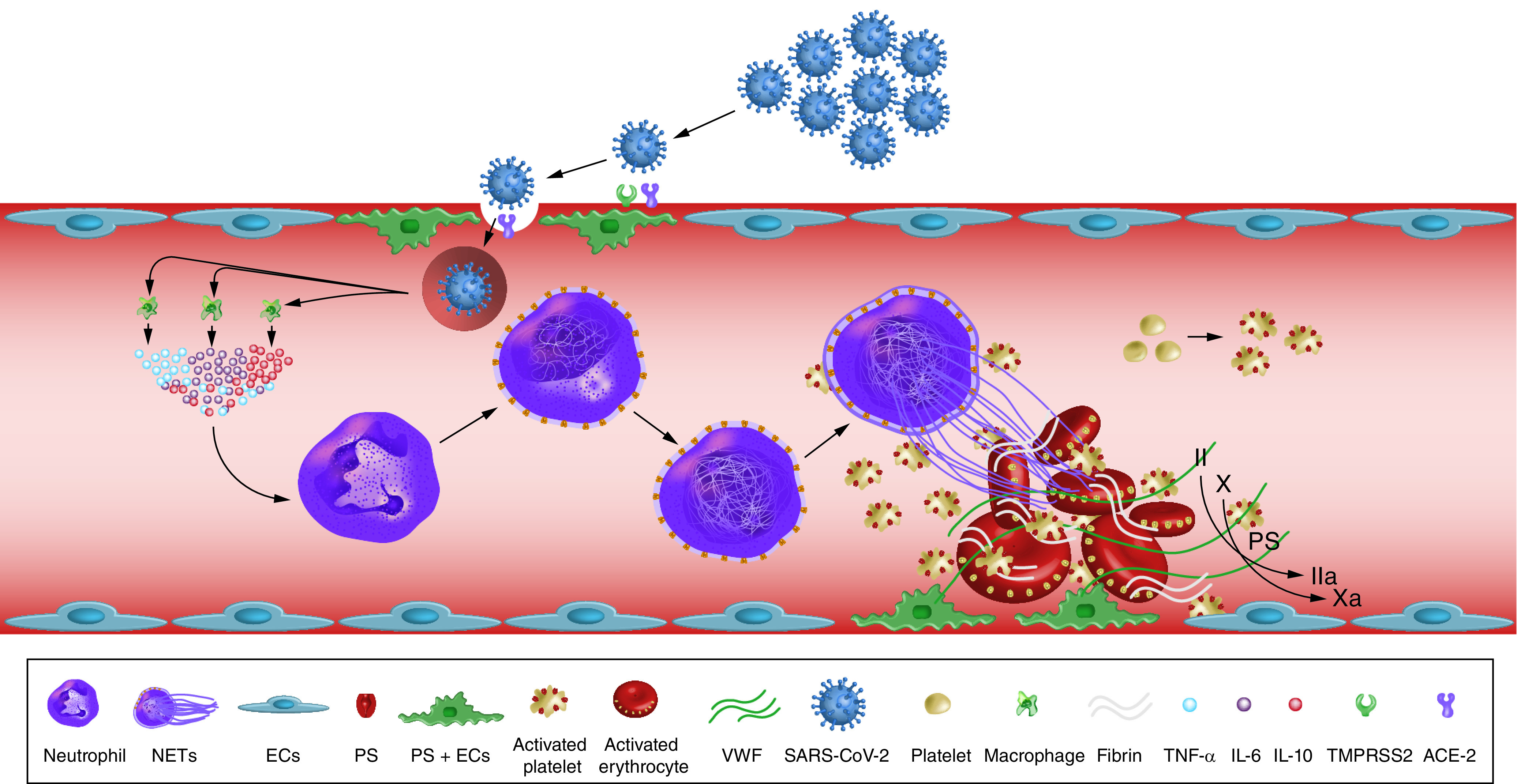Figure 4. . Mechanisms of COVID-19-associated hypercoagulability.

SARS-CoV-2 enters blood vessels through the ACE2 receptors on endothelial cells. Viral infection activates monocytes and macrophages to release a proinflammatory cytokine storm. This results in neutrophil activation and recruitment and tissue factor activation. Persistent neutrophil recruitment promotes a NET. NET and SARS-CoV-2 infection induce an endothelial cell injury, releasing vWF and activate platelets. The NET formation, TF activation and platelet aggregation induce coagulopathy and inhibit fibrinolysis. These processes represent the most recent data describing COVID-19-associated hypercoagulability.
ACE2: Angiotensin-converting enzyme 2; EC: Endothelial cell; NET: Neutrophil extracellular trap; SARS-CoV-2: Severe acute respiratory syndrome coronavirus 2; TF: Tissue factor; vWF: von Willebrand factor.
Redrawn from [49].
